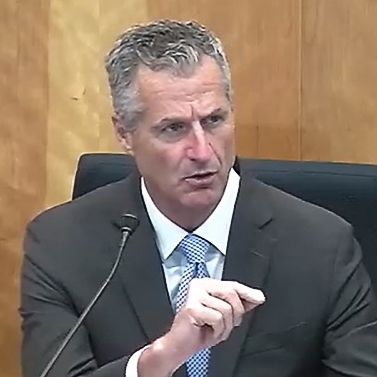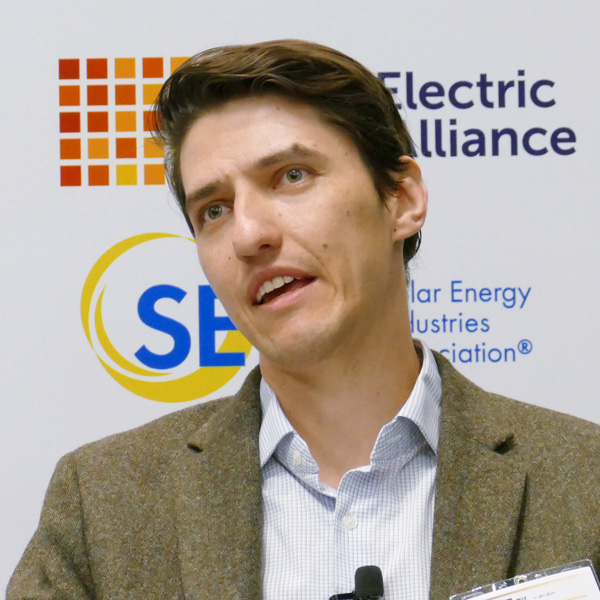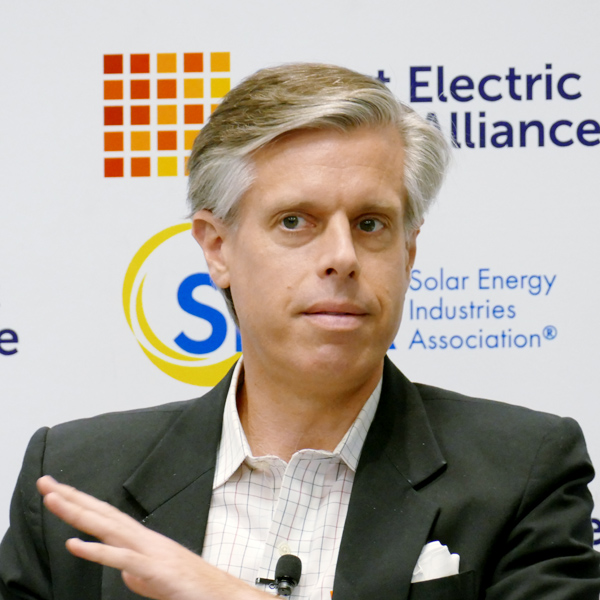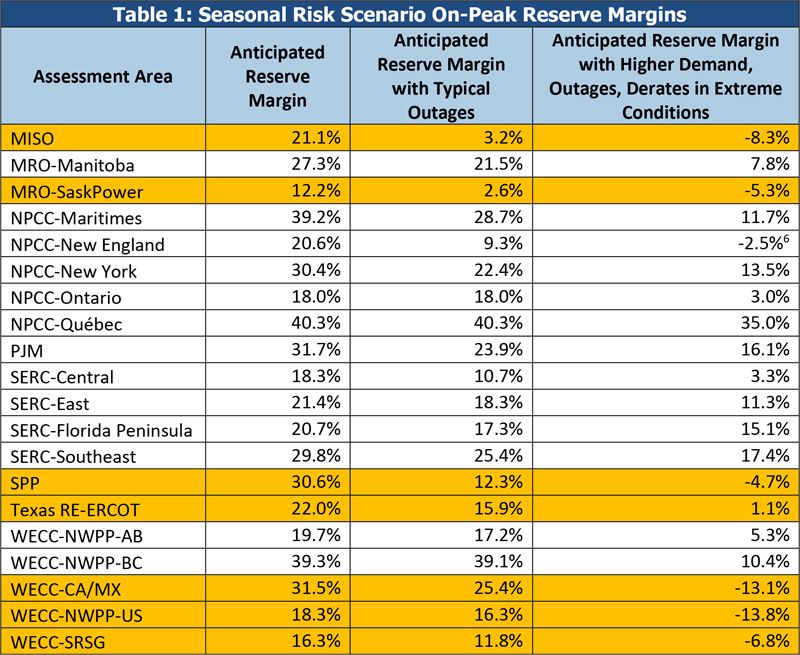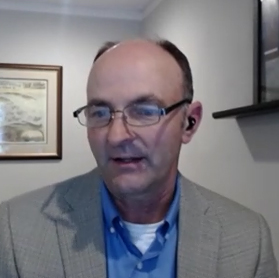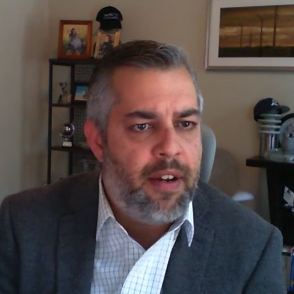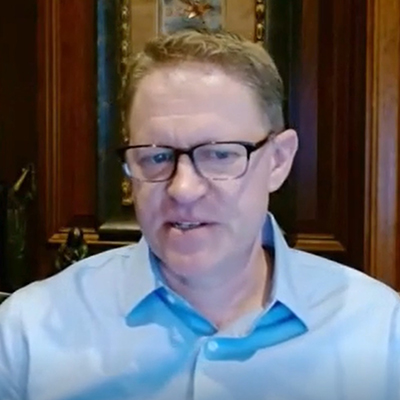California’s proposed offshore wind targets are too conservative and need to be increased to help the state meet its 100% clean energy goal by 2045, wind developers and academics told a panel of state energy officials Wednesday.
“You have to be bold at the outset to get the momentum to move forward and to achieve the economies and the synergies that we’re going to need,” Kelly Boyd, business development lead with wind developer Equinor USA, said. The state’s proposed goal of 3 GW of offshore wind by 2030 “is a modest initial goal, especially if we want to get to 20 GW or higher at some point.”
Boyd and others commented at a workshop hosted by the California Energy Commission to consider the recommendations of a draft report on the “maximum feasible capacity and megawatt planning goals” for wind off the California coast through 2045. CEC commissioners shared the dais with members of the California Public Utilities Commission, the State Lands Commission, the state Ocean Protection Council and the governor’s Office of Planning and Research.
The draft report recommends that the CEC adopt goals of building 3 GW of offshore wind by 2030 and 10 to 15 GW by 2045. Commissioners are scheduled to vote on targets May 24. (See Calif. Sees OSW Target of 10-15 GW by 2045.)
The report stems from last year’s Assembly Bill 525, which required the CEC, by June 1, to “evaluate and quantify the maximum feasible capacity of offshore wind … [and to] establish megawatt offshore wind planning goals for 2030 and 2045.” The effort contributes to the state’s goal under Senate Bill 100 to supply all retail customers with 100% clean energy by 2045.
CEC project manager Rhetta deMesa, one of the report’s four authors, said its recommendations were based on the commission’s prior definition of feasible as “capable of being accomplished in a successful manner within a reasonable period of time, taking into account economic, environmental, legal, social and technological factors,” all of which are expected to provide significant challenges.
‘Significantly Higher’ Potential
Advocates, however, said a goal of 10-15 GW is short-sighted.
In written comments to the CEC, University of California, Berkeley, scientists recommended the state set a goal of 50 GW by 2045, based on the National Renewable Energy Laboratory’s (NREL) estimate that California coastal waters have a “technical potential” for 200 GW or more of offshore wind.
Technical potential is the amount of offshore wind capacity that could be developed “while taking into account exclusion factors related to water depth, mean wind speed, industry uses, and environmental conflicts,” NREL said in an October 2020 report. “By contrast, gross potential is the capacity without these exclusions.” NREL estimated the state’s gross potential at nearly 1,700 GW.
“Our view is that the maximum OSW capacity is significantly higher than the reference potential [of 21.8 GW] considered by the CEC, and that CEC should consider higher 2045 planning goals that reflect the updated technical-potential finding of 200 GW,” the scientists wrote. “We suggest a 50 GW planning goal for 2045 … [because it] would reflect full consideration of the immense benefits to the grid of offshore wind.”
One of the researchers, Nikit Abhyankar, a senior scientist at the UC Berkeley’s Goldman School of Public Policy, spoke at Wednesday’s workshop.
The CEC’s wind estimates were limited to five study areas but should have been broader, Abhyankar said.
In addition, the commission’s SB 100 analysis “doesn’t really consider full economy-wide net-zero emissions by 2045,” Abhyankar said. “If you consider that, then the electricity demand would be about 100 to 120 terawatt-hours higher than what has been observed in the current SB 100 analysis.”
Meeting that demand would involve 80 to 100 GW of additional solar energy, increasing the risk of relying too much one source of renewable energy, he said.
“That’s why the role of offshore wind becomes even more critical in an economy-wide net-zero emission world,” he said.
Molly Croll, with wind developer Avangrid Renewables, said her company agrees with the CEC’s proposed 3 GW goal by 2030 but recommended setting the 2045 goal higher at 18-20 GW.
Doing that would send an important market signal to “developers and others across the supply chain, who are looking to what you’re doing today in determining how and how much they’re going to invest in the state,” Croll said. It would also help the state meet its renewable energy goals, she said.
Future technical advancements could lower the cost and increase the speed at which offshore wind farms could be built, she said.
“This is a big state,” Croll said. “We have huge demand. We have a huge coastline. The potential for offshore wind is huge, and 2045 is a long way out.”
With the CEC scheduled to vote on the draft report in less than a week, commissioners did not indicate whether they might want staff to reevaluate the wind goals for 2030 or 2045.
Meantime, the federal Bureau of Ocean Energy Management is planning to hold the first West Coast lease auctions this fall for two areas off the California coast: the Morro Bay Wind Energy Area off central California and the Humboldt Bay Wind Energy Area off Northern California. Together, the two call areas are expected to support about 4.6 GW of wind.
